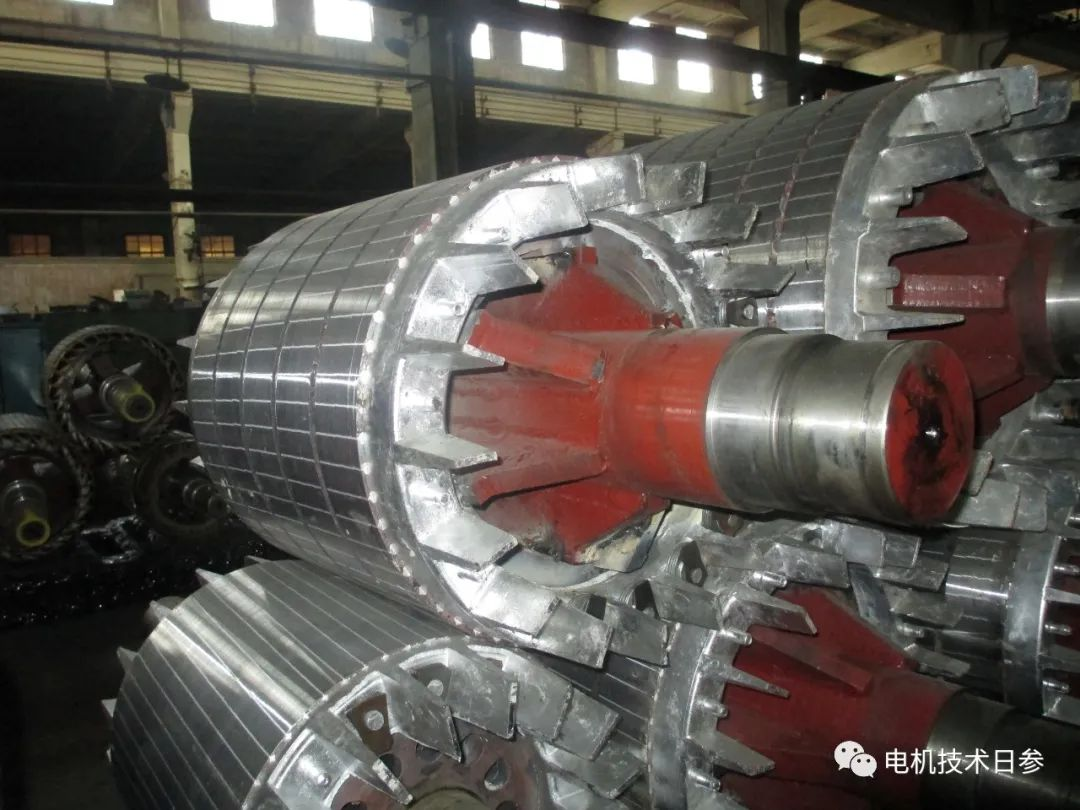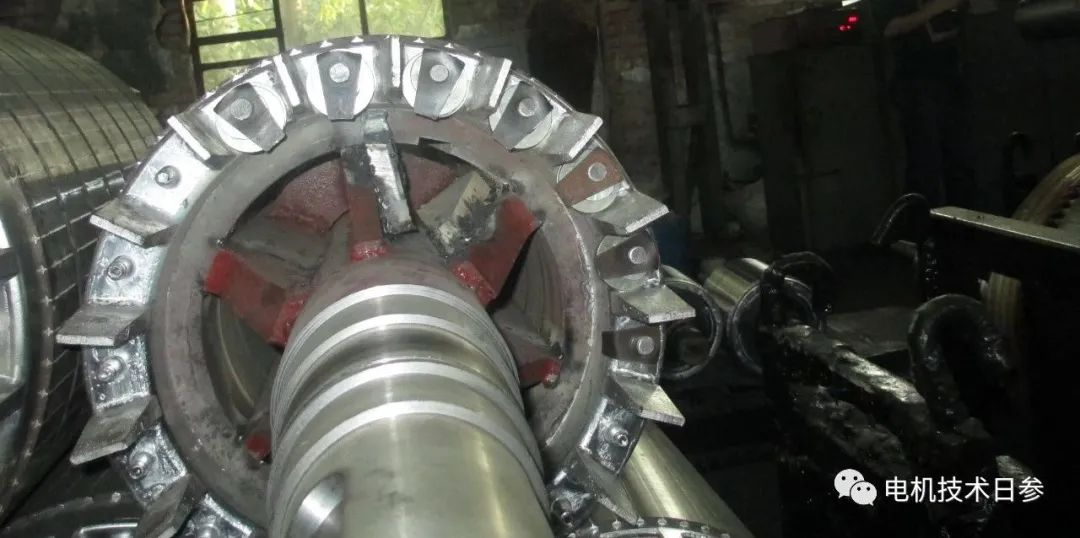Analysis of causes and serious consequences of overheating of cast aluminum rotor
Compared with wound rotor motors, cast aluminum rotor motors have better safety performance, and the theoretical electrical failure rate is half of that of wound rotor motors. However, some motors with special working conditions and specific uses are particularly sensitive to some manufacturing process defects, and the probability of electrical failures such as cast aluminum rotor overheating and cage bar fusing is also very high.
Whether it is high-pressure aluminum casting, low-pressure aluminum casting, or centrifugal aluminum casting, there are some inherent defects, such as the relatively difficult monitoring of the casting process quality, the difficulty in quantifying the process parameters, and the tendency of operators to set parameters based on experience; manufacturing defects such as pores and sand holes are very hidden, most of which occur internally and cannot be found in preliminary inspections and tests. Only in the actual operation of the motor will the impact of the defects be exposed. Especially in some applications with a large load variation range and high speed, there are often problems such as aluminum shedding, softening and distortion of rotor blades due to overheating, and blueing of rotors due to overheating.

During the operation of the motor, the heat generated by the rotor itself and the heat radiation from the stator may cause the rotor to partially or completely overheat and turn blue. When the rotor turns blue, the temperature rise of the motor is generally very high. When the rotor is partially overheated, it is more likely to be caused by the casting quality of the rotor itself, such as thin bars, broken bars, etc. In severe cases, aluminum flow may occur due to overheating, that is, the rotor guide bars melt at high temperature and flow out of the slot, accompanied by a quality failure of the sweeping chamber.

For most cast aluminum rotors, due to many factors such as aluminum casting process, ventilation and heat dissipation, and later balancing, the aluminum end ring of the rotor is equipped with balance columns and wind blades. When the temperature of the motor rotor is high, the aluminum in the rotor will undergo fluidization deformation to varying degrees, especially the rotor end. Unlike the guide bars that are restricted by the rotor slots, serious twisting and deformation are very likely to occur at high speeds. Its final state is similar to the bag-shedding failure of a wound rotor. After all the fan blades are thrown out, they rub against the stator windings, causing the entire motor to burn out instantly.



























 XINDA
XINDA